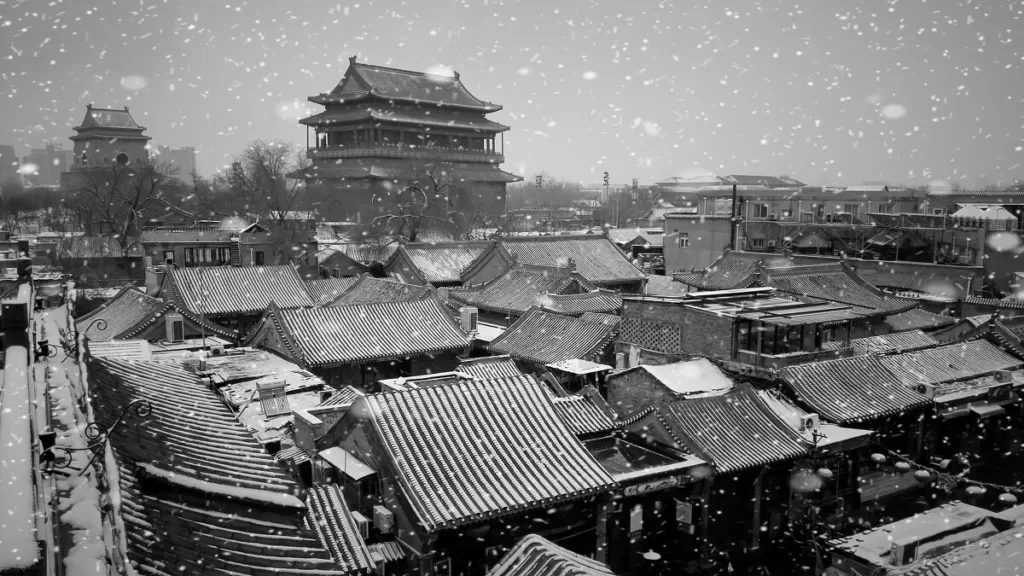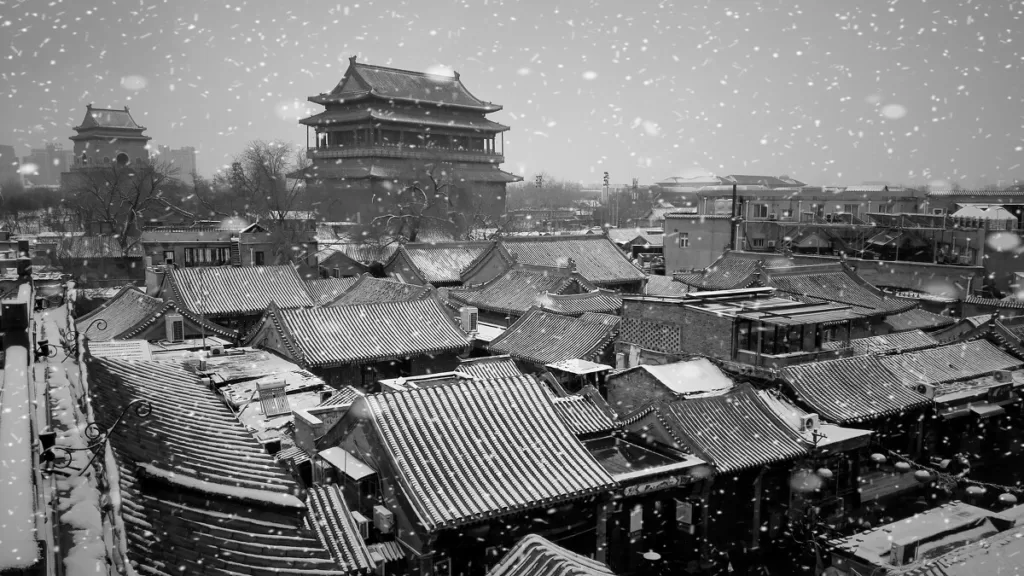¿Cómo se llamaba antes Pekín?


Pekín, a city steeped in over three millennia of history, has undergone various names throughout different dynasties. The term “Beijing” was officially established when Zhu Di ascended the throne and constructed the city of Beijing, marking the beginning of its formal designation. This name has persisted for over 600 years. However, across different dynasties, Beijing was known by numerous other titles, totaling more than twenty alternate names. Among these, seven former appellations stand out prominently:
Yan Capital (燕都): Historically, during the Zhou Dynasty in 1122 BC, after the conquest of the Shang Dynasty by King Wu of Zhou, Yan was established, and the city was named after the ancient Yan State’s capital.
You Prefecture (幽州): You Prefecture was one of the nine ancient prefectures. The earliest mention of the name “You Prefecture” can be traced back to the “Shang Shu – The Canon of Shun” where it’s stated, “Yan is called You Zhou.” The Han, Wei, Jin, and Tang Dynasties all established You Prefecture in the vicinity of present-day Beijing.
Ji County (蓟县): During the Qin Dynasty, Beijing was designated as Ji County and served as the administrative seat of Guangyang Commandery.
Nanjing (南京): In the first year of Emperor Taizong of the Liao Dynasty, the original You Prefecture was elevated to Youdu Prefecture and renamed Nanjing.
Dadu (大都): In the Yuan Dynasty, a new city was reconstructed around the Jin Dynasty’s former Summer Palace, which is now the Beihai Park. Emperor Shizu of Yuan renamed it Dadu, commonly referred to as the Yuan Dadu.
Beiping (北平, Peking): In the first year of the Ming Dynasty’s Hongwu Emperor, after Zhu Yuanzhang overthrew the Yuan Dynasty, the city was renamed Beiping to commemorate the pacification of the northern region.
Capital (京师): During the Ming Dynasty, Emperor Chengzu moved the capital to Beijing in the eighteenth year of the Yongle reign and titled it Jing Shi, a designation retained until the Qing Dynasty.
These varied names reflect the city’s historical evolution, political transitions, and cultural transformations across different epochs, showcasing the rich tapestry of Beijing’s extensive heritage and its profound significance throughout China’s dynastic history.
Conocimientos generales sobre Pekín